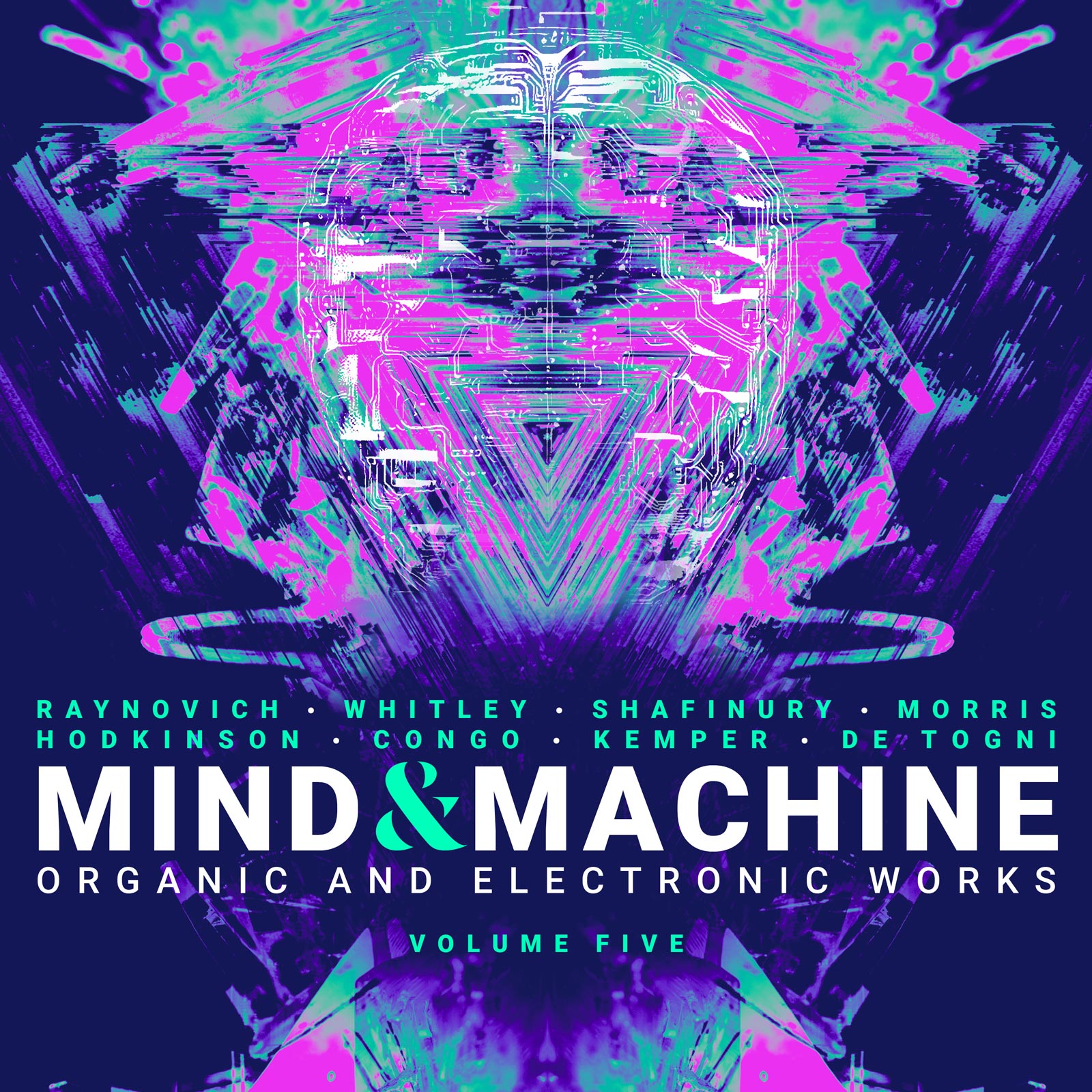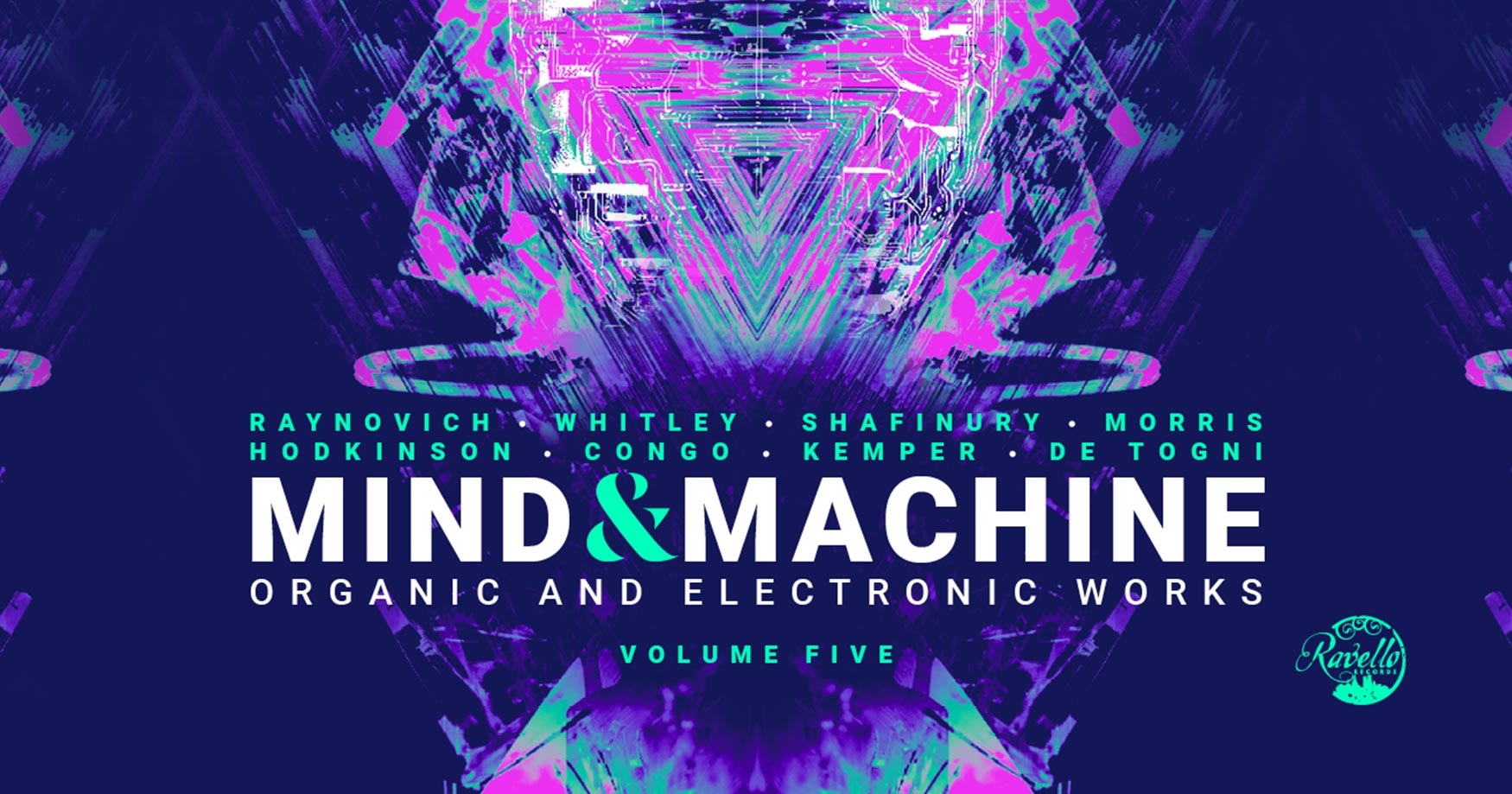
The critically-acclaimed MIND & MACHINE series from Ravello Records returns with its fifth edition with an all-new roster of today’s electro-acoustic composers. Offering meditative reflections on the ephemeral moments in our lives and exploring resemblances between music and scientific concepts, this album delivers a sprawling artistic soundscape that allows for deep introspection and self-discovery.
PARMA Senior Content Writer Shane Jozitis (SJ) recently connected with the composers of MIND AND MACHINE, VOLUME FIVE to learn about the inspirations, processes, and realizations behind their works. Read on for an exclusive deep dive into the creative minds of Bill Whitely (BW), Daniel De Togni (DT), Juliana Hodkinson (JH), and William Raynovich (WR).
SJ: What led you to choose the instrumentation for your piece, and how does it help to convey the message within your music?
BW: In the spring of 2020, without live performance opportunities for my music, it seemed like an ideal time to explore purely electronic textures. I was especially drawn to results that created feelings of vast expanses. After some time floating there, a four note motive emerged. Other than the texture that sounds to me like cascading diamonds, all of the material is some type of variation of those four-notes. The message presented itself to me much later in the process. At first it was titled Undone because I seemed to be exploring negative emotions related to feelings of isolation. But as it began to take shape, that it was an aural kaleidoscope became clear to me and the title changed to Kaleidoscope Undone. At the last minute, I dropped the Undone part.
DT: My piece was written for the wonderful ensemble Transient Canvas, which includes bass, clarinet, and marimba. I love their eagerness to experiment with not only their instruments as individuals but also as an ensemble.
SJ: In the realm of electroacoustic sound manipulation, happy accidents can lead to fascinating discoveries. Could you share an instance where an unintended outcome during production led you to explore a completely new creative direction?
WR: In some ways, my piece now is the consequence of a long series of accidental discoveries. Years ago, I was invited to compose a piece for a cellist with a looping machine. Though the project was never realized, it got me thinking about looping machines. I was unsatisfied with their limitations. So I decided to figure out how to build my own loops in Pure Data. This early stage was never intended to be performed. It was an experiment. An etude for me. It became a kind of diary with the idiosyncrasies and mistakes folding into this batter of looping sound. A conversation with a fellow artist at Ragdale sparked the idea for the “emotion quiz” which I soon developed and integrated into the composition flowchart. As the loops from each playing overlapped, I was surprised by the richness of the evolving soundscape and was inspired to continue its development. The piece that was never intended to have an audience has been performed publicly over 50 times.
BW: Kaleidoscope started with just the “cascading diamonds,” which absolutely was a happy accident, and for months I had no idea what to do with it. For me, that texture has the same effect as a rainstick, didgeridoo, or ocean waves — a sort of a physiological, psychological, and spiritual cleansing. The four note motive was my response… and rather than develop it by extending it, I let it particulate. I let it fall apart, then I had a piece. Imagine the moment after fireworks have been launched, where the sparkles of light are just suspended. Now imagine that time slows down, right at that moment, almost to the point of stopping. That’s what’s going on in Kaleidoscope. It’s not the explosion. It’s not even the process. It’s as if the film shifts suddenly to slow-mo, after the explosion. Multi-colored lights falling and fading in slow motion.
SJ: Electroacoustic music often challenges traditional notions of performance spaces. Could you describe an unconventional setting where you envision your music being performed, and how the environment might enhance the audience’s experience?
DT: The venue in which a piece is performed has a huge influence on how the piece will be perceived and interpreted by the audience. Not only through the quality of sound (space, delay, reverb) but also through the visual aesthetic of the venue. What the audience sees while listening can greatly influence and determine psychological narratives drawn from the music in the mind of the listener. For example, the same piece performed whether in a church or a cave can elicit starkly different experiences for the listener.
JH: Taking the binaural/surround spatial paradigm to another level, I would love to work in a kind of advanced fairground setting, where gravity, speed, and centrifugal motion come into the listening experience. I would love my electronic chamber opera Turbulence, composed on a libretto by writer Cynthia Troup, to be performed on a vintage passenger plane; if we could tip it and shake it a bit and make the temperature drop, it wouldn’t need to actually fly – the sound can do the flying.
SJ: If you were to collaborate with a scientist or researcher on a project, whose field of expertise would you choose and how might their knowledge contribute to shaping your next composition?
JH: A political scientist, for sure. Politics and aesthetics have such a potent overlap in these years. Not so much in the sense of just “making political art,” but rather the overlap in experiencing dimensions of society in terms of emotions and micro/macro narratives. Political science tells us a lot about affective aspects of society — precarity, resistance, etc. and the arts have become more engaged with urgent social issues. Together, the two fields can help them join the dots between individual experience and bigger paradigms.
WR: I actually did begin working with a mathematician colleague on integrating equations for orbiting celestial bodies into an infinity composition. The exact position of various planets, moons, and stars at the moment of each performance would have subtle effects on the composition’s algorithms, making each new performance unrepeatable and unique to that space-time. This idea has not yet been realized, but I hope to continue exploring it. Hypothetically speaking, I also would like to collaborate with a psychologist who studies the way different sounds might be more or less successful in resurrecting memories (if such a person exists!) to work with me on my upcoming project on death. I am also curious to find an audiologist who could help me to write a piece of music that could be fully interpreted by a cochlear implant.
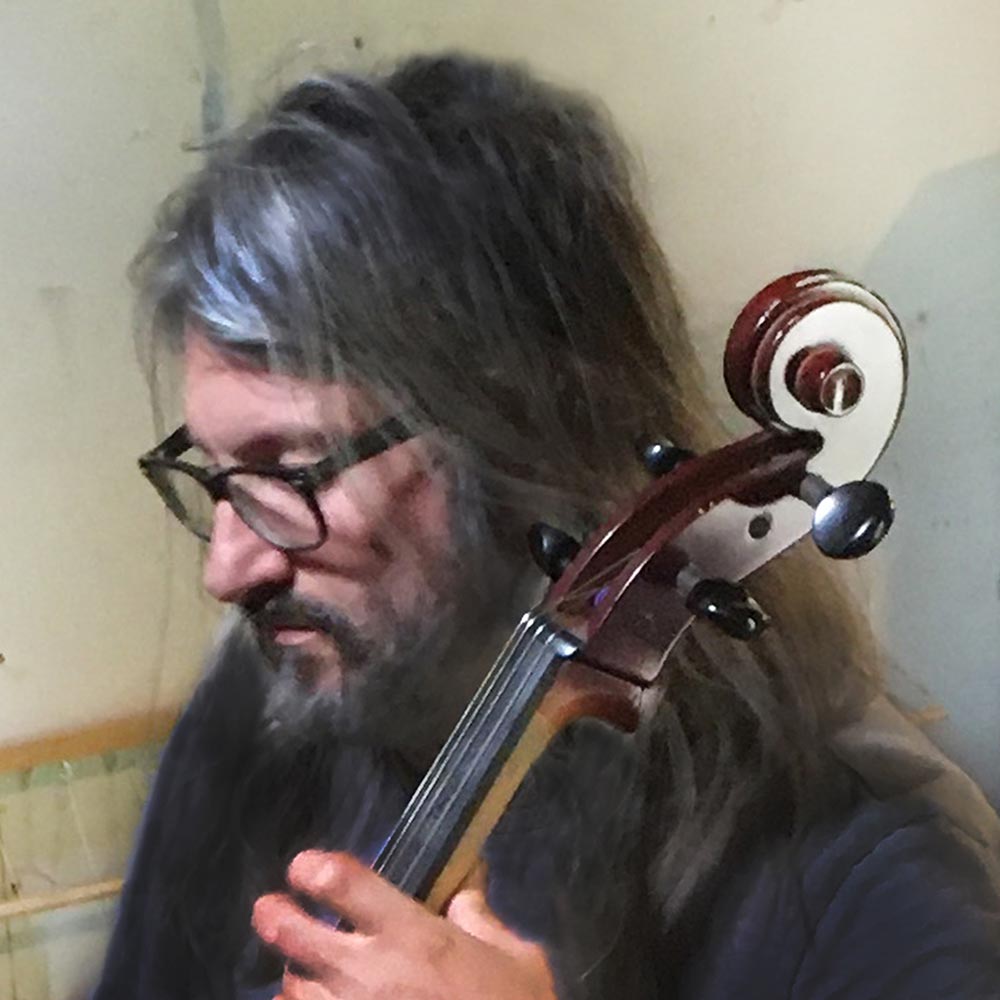
William Jason Raynovich uses (or rather abuses) computers to create musical repetition out of the idiosyncrasies of physical performances. With the open-source visual programming language, Pure Data, he creates interactive compositions with new notational systems and explores self-similarity systems with live audio processing. He is constructing a series of unconventional instruments to accompany these algorithmic compositions. The works in this series include tre’ for voice, instruments, and computer,and his cello solo piece, now for cello and computer.
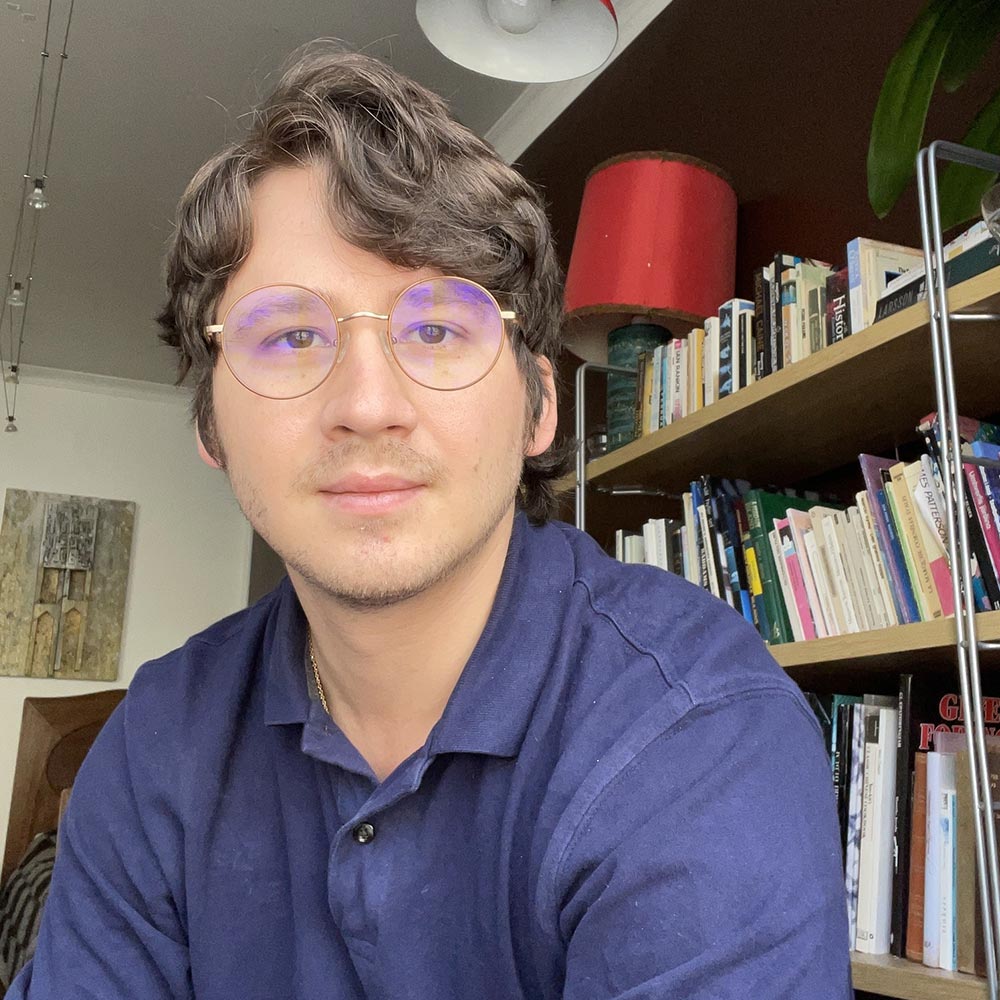
As a composer and artist who primarily works with sound, Daniel De Togni is fascinated with the concept of space in sound/music. Specifically, the psychological space that music inhabits in our minds as listeners, performers and/or creators, how sonic objects interact with each other in real-time and space, as well how a sound can evoke an image or landscape in our minds.
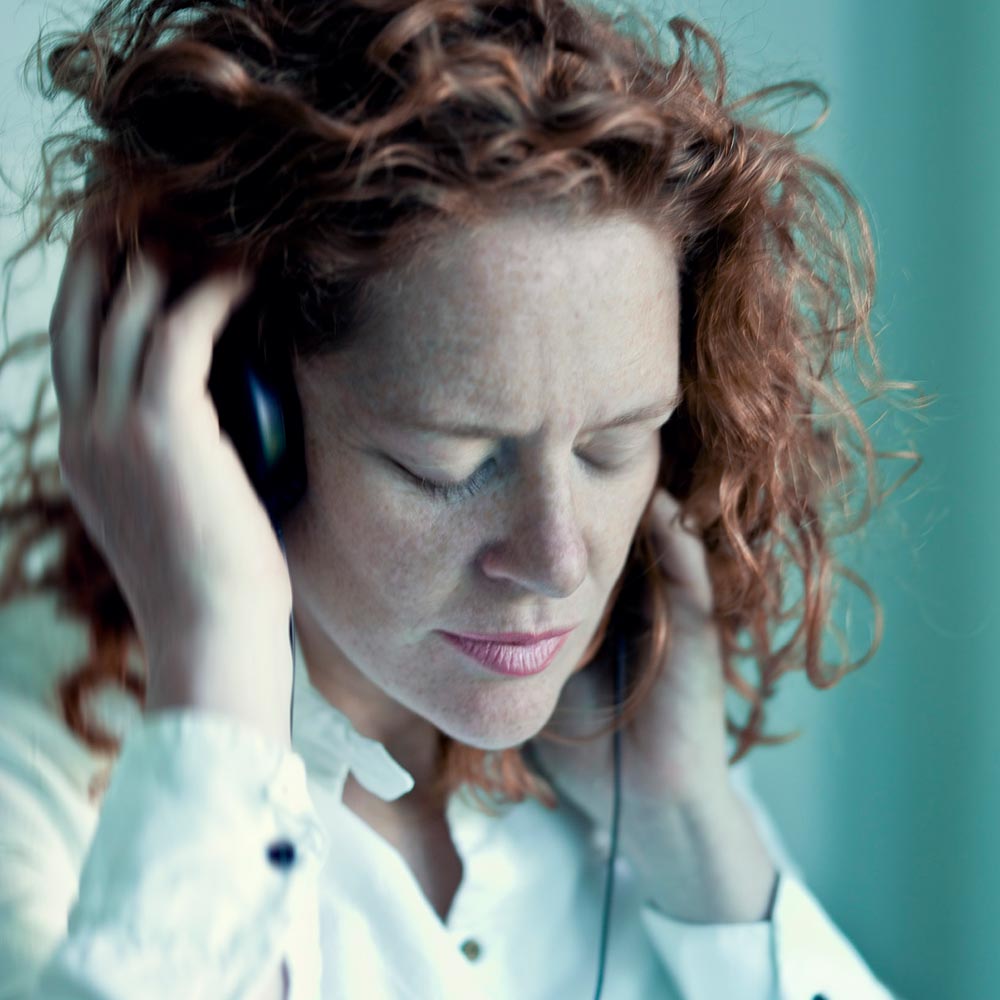
Juliana Hodkinson’s practice moves within experimental music and sound art genres, and her works range from intimate chamber and object pieces through hybrid formats to larger electroacoustic and orchestral productions. Commissions include All around (BBC Scottish Symphony Orchestra), Angel View (Spor Festival/Scenatet/Berliner Festspiele), Ground View (Ensemble Mosaik), Hauch and Ready for ecstasy (Neue Vocalsolisten), Can modify completely (WDR Sinfonieorchester), Turbulence (Chamber Made Opera), Lightness (Speak Percussion) and something in capitals (Phønix16).
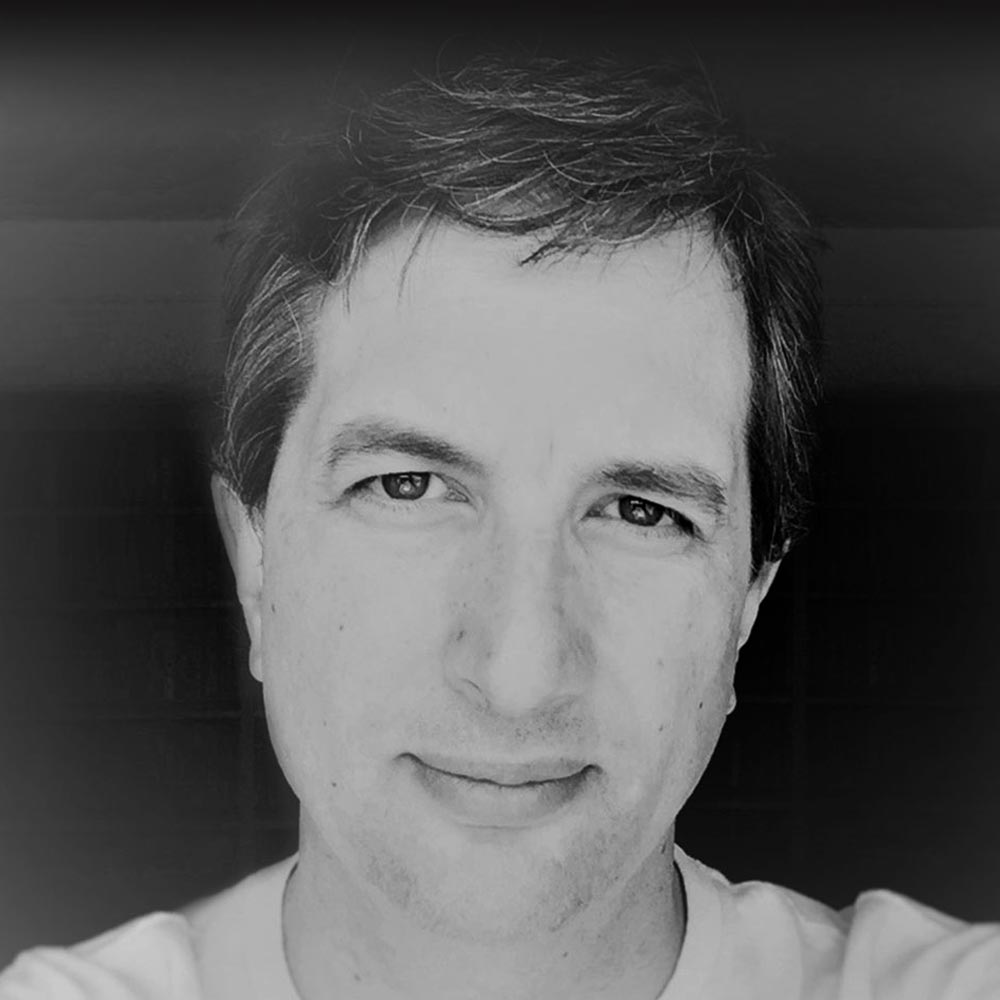
Bill Whitley works with shapes and patterns, correlating musical materials to kinetic sculpture. His music is defined by interlocking, often hypnotic patterns interspersed with passages of intense rhythmic energy, while placing linear content in the foreground.

